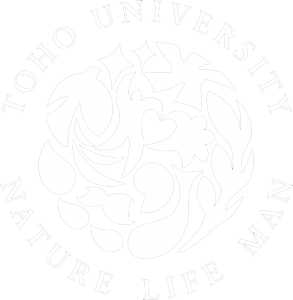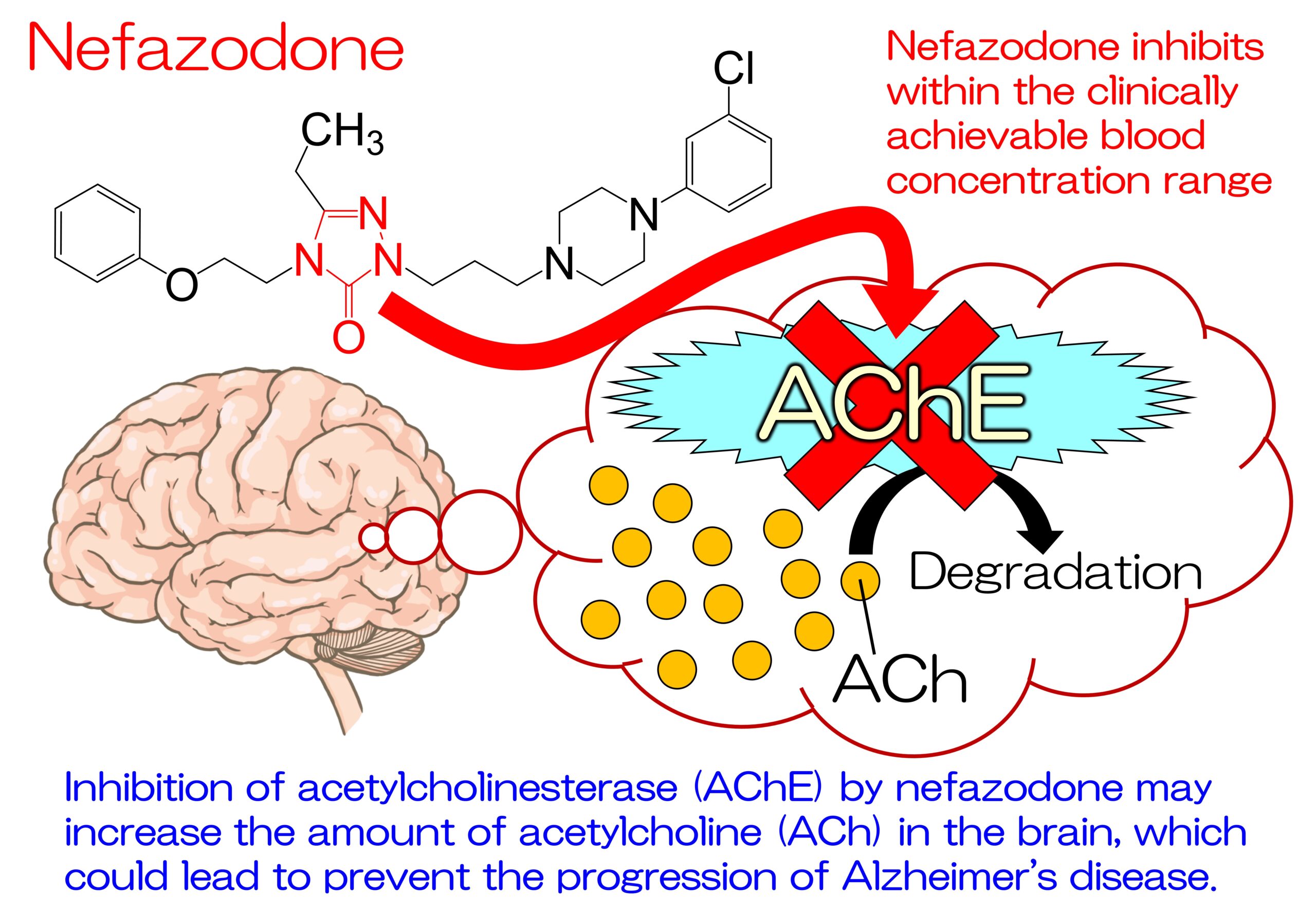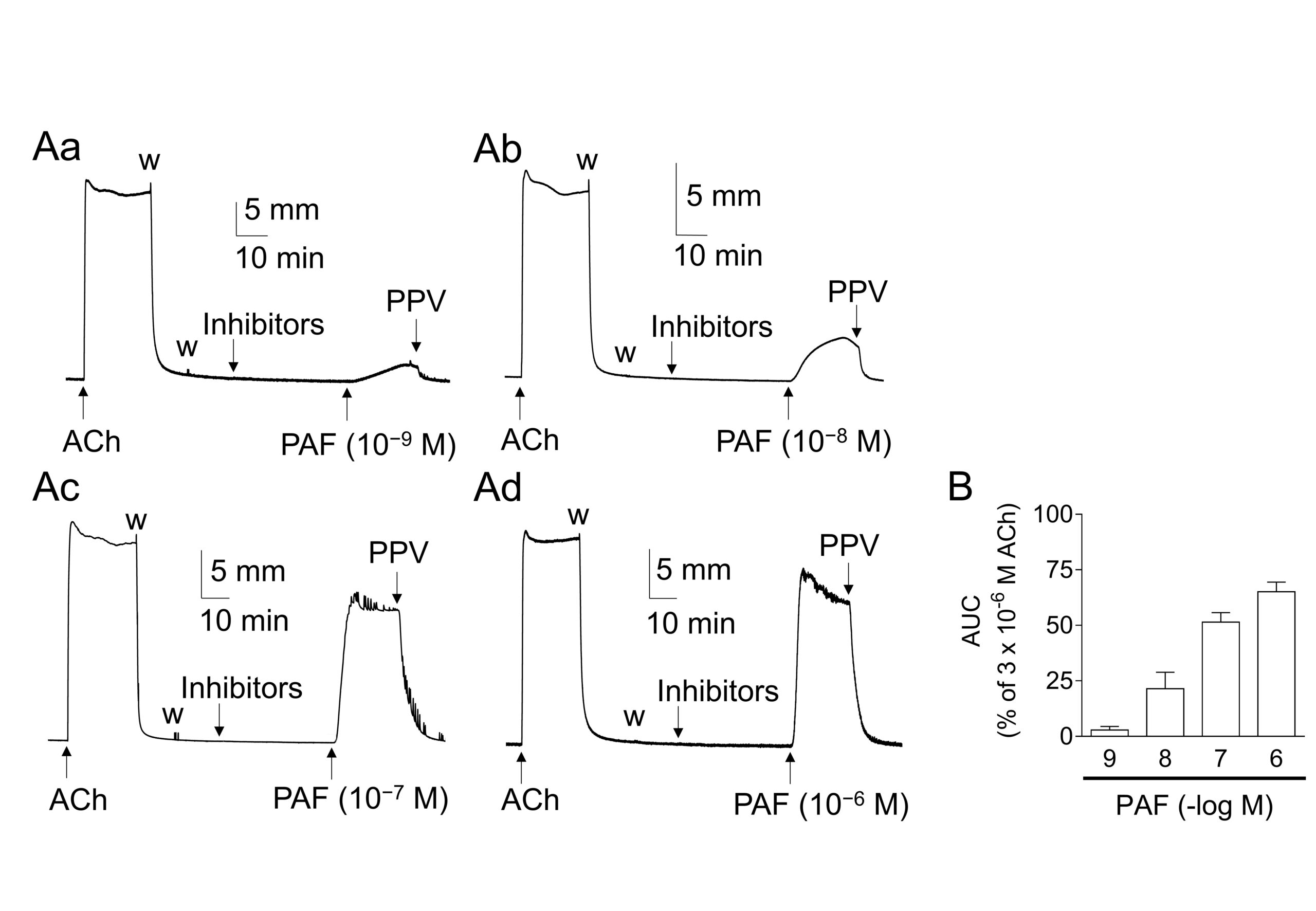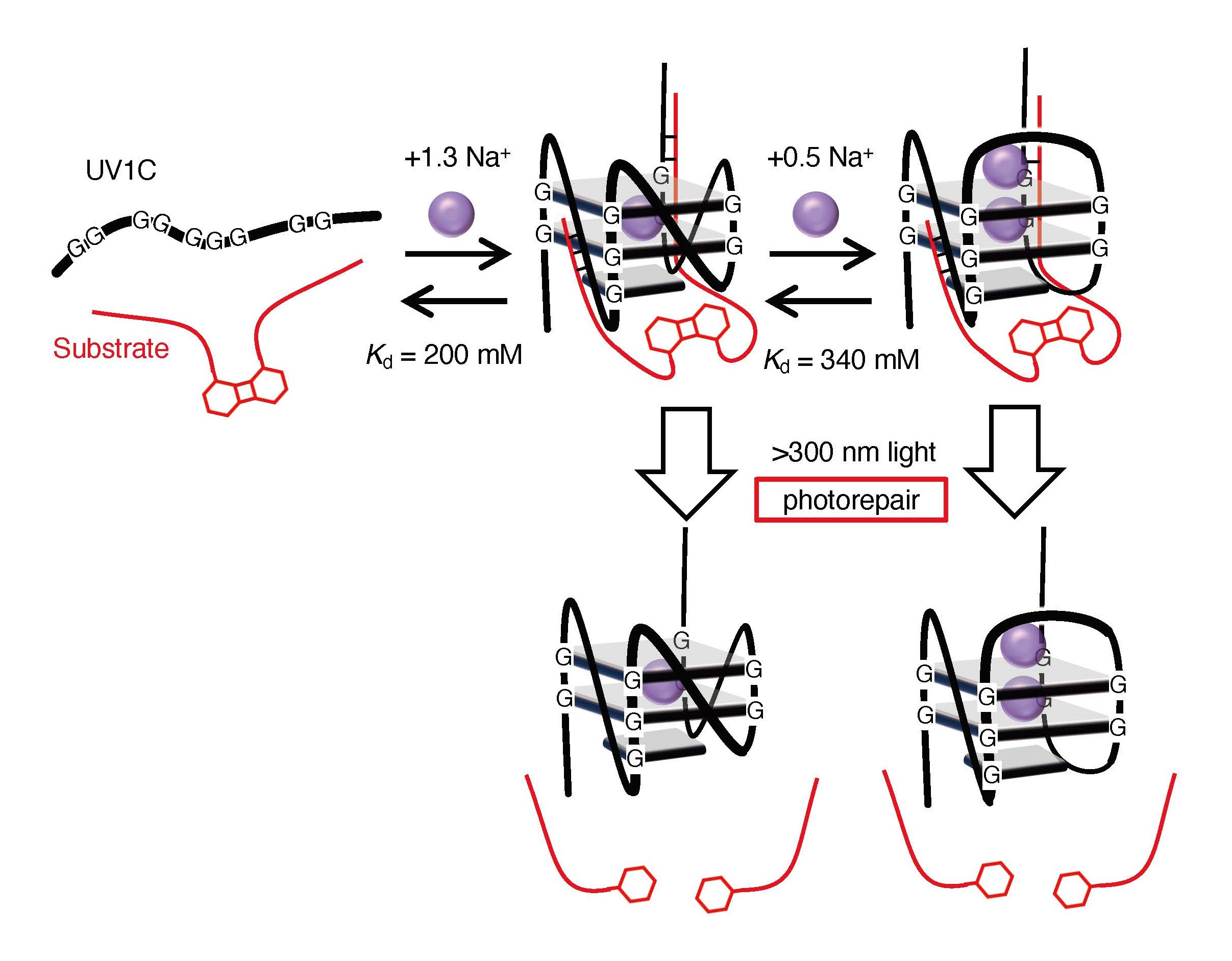February 6, 2023
NCC-3902 shows therapeutic potential against atrial fibrillation by inhibiting delayed sodium channel currents and suppressing electrical activity of the pulmonary vein myocardium
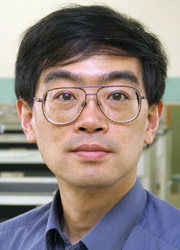

Key Points:
- The source of atrial fibrillation is the pulmonary vein adjacent to the left atrium, and arrhythmia occurs when electrical excitation from myocardial tissue of the pulmonary vein is transmitted to the atria.
- Existing drugs act on arrhythmias occurring in the atria, and there is still no drug that primarily acts on the pulmonary vein, which is the source of arrhythmias.
- In this study, we found that NCC-3902, which inhibits delayed sodium channel currents, suppresses the electrical excitation generated in the pulmonary veins without affecting the function of the heart itself.
- The discovery of a novel mechanism of action of NCC-3902 is of great social significance, as it will lead to new therapeutic strategies for atrial fibrillation, which is increasingly affecting the aging demographic.
Summary:
Atrial fibrillation is a type of arrhythmia in which the atria are excited in an uncontrolled manner and trigger a fatal cardiogenic stroke; thus, effective therapeutics for this disease are urgently required. Atrial fibrillation occurs when electrical excitation or spontaneous activity from the pulmonary vein myocardial layer is transmitted to the heart. However, there are no existing drugs that suppress pulmonary vein myocardial spontaneous activity. Thus, the pulmonary vein is a new therapeutic target for atrial fibrillation. A group of researchers working under Professor Hikaru Tanaka of the Department of Pharmacology, Faculty of Pharmaceutical Sciences, Toho University, have previously demonstrated that delayed (sustained) sodium channel current, a new category of sodium channel current components, is involved in the spontaneous activity of the pulmonary vein myocardium. In this study, the group found that NCC-3902 inhibits that current and suppresses the electrical excitation generated in the pulmonary veins without affecting the function of the heart itself. The discovery of NCC-3902, which has a novel mechanism of action and few side effects on cardiac function, is expected to lead to new therapeutic strategies for atrial fibrillation.
Atrial fibrillation is a type of arrhythmia in which the atria are excited in an uncontrolled manner and trigger a fatal cardiogenic stroke; thus, effective therapeutics for this disease are urgently required. Atrial fibrillation occurs when electrical excitation or spontaneous activity from the pulmonary vein myocardial layer is transmitted to the heart. However, there are no existing drugs that suppress pulmonary vein myocardial spontaneous activity. Thus, the pulmonary vein is a new therapeutic target for atrial fibrillation. A group of researchers working under Professor Hikaru Tanaka of the Department of Pharmacology, Faculty of Pharmaceutical Sciences, Toho University, have previously demonstrated that delayed (sustained) sodium channel current, a new category of sodium channel current components, is involved in the spontaneous activity of the pulmonary vein myocardium. In this study, the group found that NCC-3902 inhibits that current and suppresses the electrical excitation generated in the pulmonary veins without affecting the function of the heart itself. The discovery of NCC-3902, which has a novel mechanism of action and few side effects on cardiac function, is expected to lead to new therapeutic strategies for atrial fibrillation.
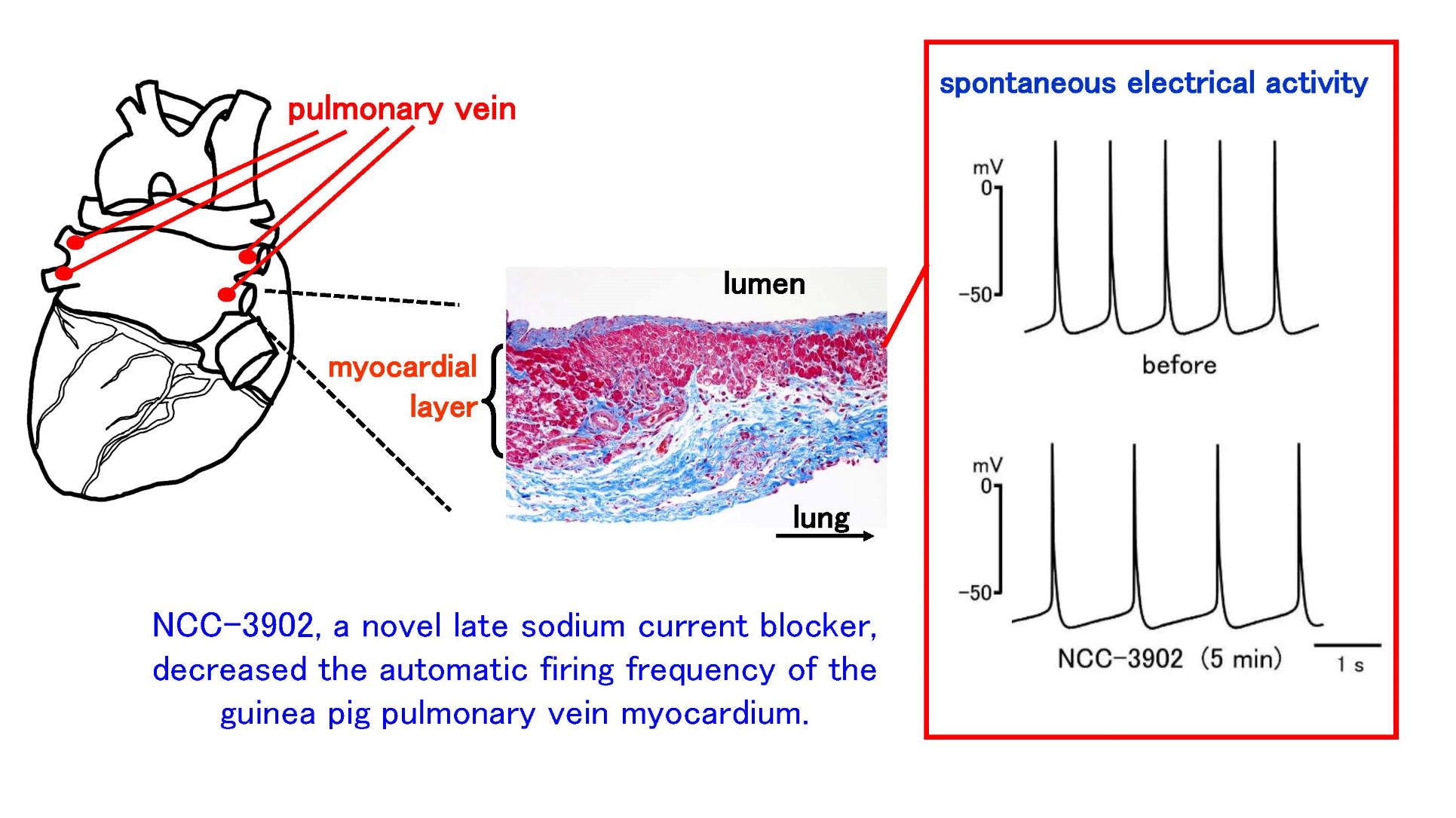
Figure 1
Journal
Biological and Pharmaceutical Bulletin, November 1, 2022 issue
Article
Inhibitory effect of a late sodium current blocker, NCC-3902, on the automaticity of the guinea pig pulmonary vein myocardium
Authosrs
Iyuki Namekata, Haruhito Hiiro, Ryosuke Odaka, Taro Saito, Shogo Hamaguchi, Tadaaki Tsukamoto, Ryutaro Ishikawa, Yoshimi Katayama, Yoshiki Kondo*, Hikaru Tanaka
DOI No.
10.1248/bpb.b22-00362.
Biological and Pharmaceutical Bulletin, November 1, 2022 issue
Article
Inhibitory effect of a late sodium current blocker, NCC-3902, on the automaticity of the guinea pig pulmonary vein myocardium
Authosrs
Iyuki Namekata, Haruhito Hiiro, Ryosuke Odaka, Taro Saito, Shogo Hamaguchi, Tadaaki Tsukamoto, Ryutaro Ishikawa, Yoshimi Katayama, Yoshiki Kondo*, Hikaru Tanaka
DOI No.
10.1248/bpb.b22-00362.
READ MORE RESEARCH NEWS - Pharmaceutical Sciences
ACADEMICS
Undergraduate Programs
– Medicine
– Pharmaceutical Sciences
– Science
– Nursing
– Health Science
Graduate Programs
–Medicine
–Pharmaceutical Sciences
–Science
–Nursing
Undergraduate Programs
– Medicine
– Pharmaceutical Sciences
– Science
– Nursing
– Health Science
Graduate Programs
–Medicine
–Pharmaceutical Sciences
–Science
–Nursing
RESEARCH
– News
– Guidelines & Policies
– Support Offices
– Facilities
– Security Export Control
Non-Degree Programs
– Clinical Elective Program
– International Physician Observership Program
